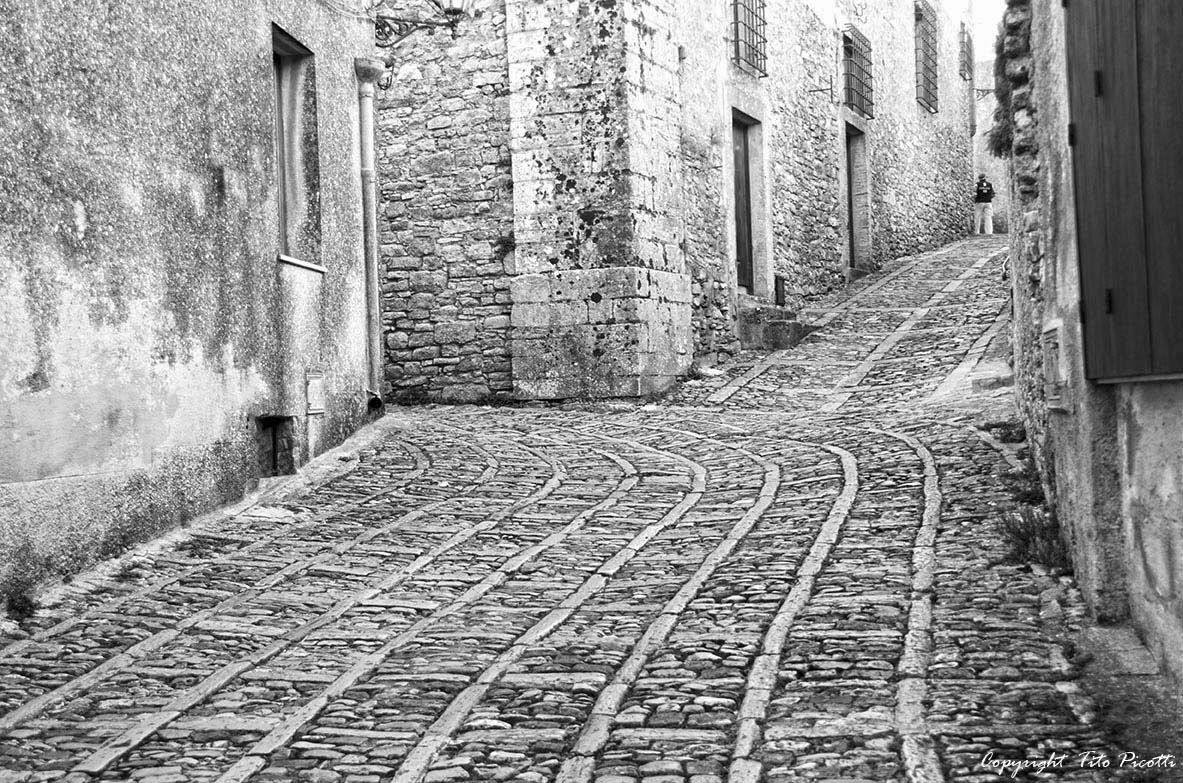La strada che da Trapani conduce a Marsala, costeggiando la laguna
che accoglie Mozia, è fiancheggiata da saline che offrono una vista bellissima:
gli specchi d'acqua suddivisi da sottili strisce di terra formano una
scacchiera irregolare e multicolore. A tratti compare nel mezzo la sagoma di un
mulino a vento, memoria del tempo in cui esso era uno degli strumenti
principali per pompare acqua e macinare il sale. Lo spettacolo è ancora più
suggestivo in estate, al momento della raccolta, quando le tinte rosate
dell'acqua nelle varie vasche si intensificano e le vasche più interne, ormai
prosciugate. brillano al sole.
The road that leads from Trapani to Marsala along the lagoon that welcomes Motya, is flanked by saltpans which offer a beautiful view: water mirrors divided by narrow strips of land form an irregular and multicolored checkerboard. At times it appears in the
middle the silhouette of a windmill, the memory of the time when it was one of the main tools to pump water and grind salt. The show is even more attractive in summer, at the time of collection, when rosy tints of water in various tanks escalate and innertanks, now dried up. shine in the sun.















































